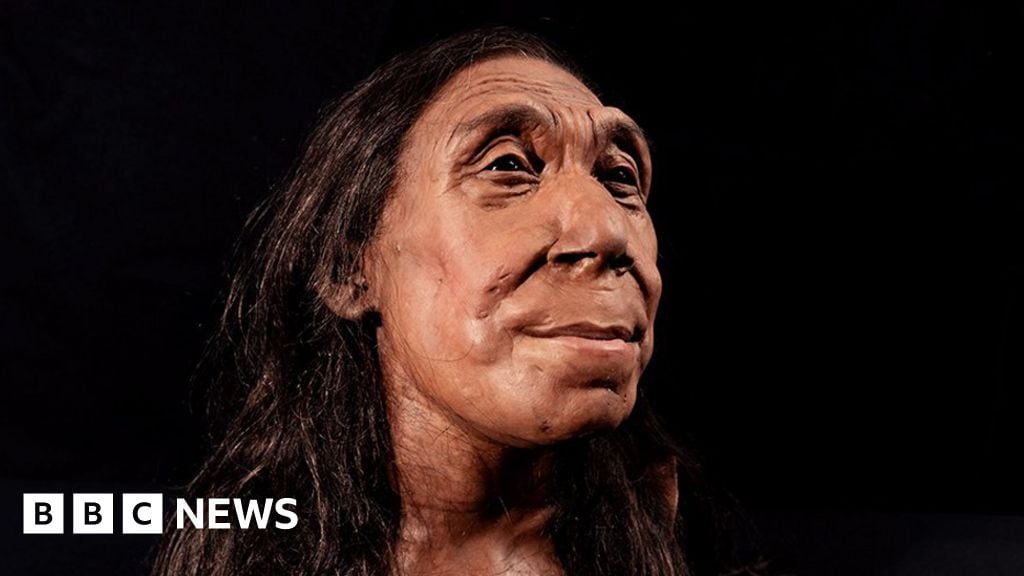Just jaw-dropping to me.
Official announcement with more information: https://www.arch.cam.ac.uk/news/shanidar-z-film
She looks pretty good for her age
GGGGGGGGGGGGGGGGGGGGGGGMILF.
This sounds like something Quagmire would say.
Maybe an ancient Quagmire subspecies. Homo Neanderthalensis Giggity.
I am CRYING 🤣☠️
Removed by mod
I never claimed to be intelligent and I’m not sure why you think us mods are supposed to only give intelligent responses.
Being able to crack wise when you are otherwise serious and measured in your speech is mentally healthy and actually a sign of high intellect. They’ve done studies about it and everything.
Fair enough. I just never call myself intelligent or smart because I really don’t think that’s my call.
It’s totally Marjorie Taylor Greene
That’s an insult to Neanderthals.
Came here to say this. Explains her primitive grasp on basic concepts and limited capacity for reason.
Marge?
Face reveal at 75k?
I’m getting Mona Lisa vibes.
I’m getting mtg. And I hate it.
Bone-a Lisa
Would
Fixed: One artists rendition of the way a neanderthal woman may have looked based on some research and measurements from a partially destroyed, but reconstructed skull… for a Netflix edutainment show.
Or you could go to the Cambridge page and read about what was done in detail and why they think it is an accurate representation.
Also, it’s a BBC show. It’s just being released worldwide by Netflix.
Squid could you allow us a little outrage before you set us straight next time?
I’m sorry. Pretend I said nothing.
ITS TOO LATE
NOW I’M OUTRAGED AGAIN
It’s cool stuff, BUT it’s still an artists rendition. It’s not fact.
Edutainment science is great, but when they pretend “This is what she looked like”, it’s bullshit. Then when someone comes back later and says “No, THIS is what she looked like” people get all confused and think science is dumb.
When you see interviews with the best science communicators, they always phrase it like “We used the best models we have, and we are confident that this is an accurate representation based on our current information” THAT would be a great sub-headline.
I just hate it when the news gets watered down to show an artists representation, no matter how good, as fact instead of probability.
Fully agree. This edutainment disclaimer also applies when it comes to explanations of archaeological sites and the “daily life” of ancient populations. The stories the public hears are based on the best understanding of complex interpretations of ceramics, surface features, architecture, stratigraphy, etc. You could ask two equally talented archaeologists to interpret a site and get two equally convincing but completely different explanations. We just can’t know any of this for sure, it’s all filtered through the lens of the researcher, their methods, and their biases. And that’s okay. The best we can do is apply the most relevant and current methodology to interpret the evidence, be transparent about potential shortcomings, and be willing to change our conclusions if better evidence arises.
Lots of people are uncomfortable with “that’s just our best possible guess at the moment,” but that’s how interpretive social sciences work. Until we invent a time machine, educated guesses based on all the available evidence are the best we can do.







